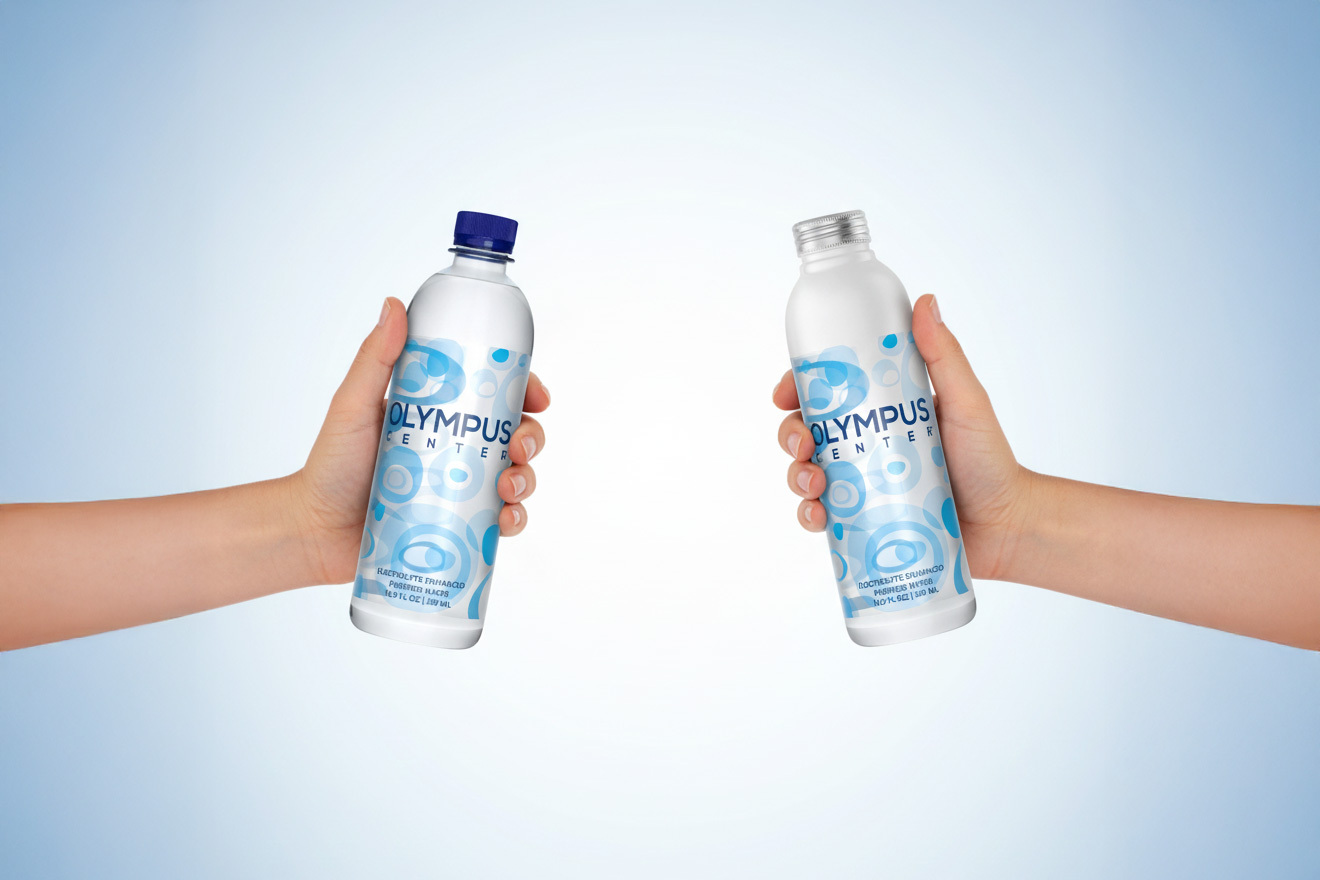Are Tetra Pak® Cartons Recyclable?


When we hear of Tetra Pak cartons, we often remember those Tetra Pak juice cartons as kids, the milk Tetra Pak containers we have in the fridge, and even those cheap wines that come in Tetra Pak boxes. But have you ever wondered if these cartons are really recyclable?
Are Tetra Pak® Cartons Recyclable?
The short answer is yes, Tetra Pak cartons are recyclable. Nestle, which is one of the biggest consumers of Tetra Pak packaging for their beverages, has recently launched a recycling program called Project GivePack, which aims to encourage recycling of the carton packaging.
The cartons are collected already snipped open, rinsed, and dried with the straw or cap kept in place to get ready for recycling. The company claims the carton recycling process can create notebooks, paper pads, corkboards, and even sturdy classroom desk-chairs out of these Tetra Pak cartons.
How Are They Recycled?
The Step-by-Step Process
Step 1: Collection
The Tetra Pak recycling process starts with the collection of these cartons. Tetra Pak cartons are often used in juice boxes, water, and other drinks that children typically consumer. Nestle has partnered up with schools to provide each participating school with a carton recycling bin meant to collect discarded Tetra Pak cartons.
You may also find a recycling bin for Tetra Paks in your local grocery, or by your local recycling facility. Be sure you cut open, rinse, and fold your cartons to prepare them for recycling. The carton containers are then brought to the proper recycling facility, however, not all recycling plants accept Tetra Paks.
Step 2: Sorting and Baling
The carton recycling process then takes these Tetra Paks to a conveyor belt, where a machine automatically sorts out the aseptic cartons from the gable top cartons. The difference in these materials will determine where the cartons eventually end up in the recycling system.
The machine then segregates the cartons, and workers manually bale the Tetra Paks for shipment. There are two routes in the carton recycling process: the papermill, where the cartons are turned into stationery, and building materials processing facilities, where the cartons are turned into roof tiles, boards, planks, and other construction materials.
Step 3.1: Recycling in the Papermill
Tetra Paks that go into the papermill go through the hydrapulper, which uses water and a swirling pressure to separate paper pulp and fibers from the Tetra Pak. The paper fibers are then pressed into thin sheets, bleached, and turned into paper products such as toilet paper, notebooks, folders, memo pads, and printer paper sheets.
OR Step 3.2: Recycling in the Building Facilities
On the other hand, Tetra Pak cartons that make their way to the building materials processing plants are shredded into small flakes, heated at high temperatures, and molded into building materials such as roofing, wall boards, chairs, desks, and more.
Step 4: Final Product
The final product can now be sold as recycled products, or donated to communities in need as part of a corporate social responsibility program. The end products feel no different than ordinary products, and building materials are said to be durable, long-lasting, and waterproof due to the resin liners of these Tetra Pak cartons.
Recycle Tetra Paks at Home
Tetra Pak Seed Starters
Cut off the bottom of your Tetra Paks until it's around 4 inches tall. Use small juice boxes for this. Poke holes at the bottom of the box, then fill with potting medium. Add 2-4 seeds into the box, and water until the soil is moist but not soggy. Once the seedlings have sprouted their 4th leaves, you can plant them in your garden.
Tetra Pak Organizers
Cut the bottom of your Tetra Pak cartons to around 4-6 inches tall. You may opt to spray paint the boxes for aesthetic purposes, or keep them as is. Glue the sides of your Tetra Paks together with hot glue to create an organizer for your socks, underwear, pens, pencils, and more. Since the boxes act like blocks, you can customize the size of your organizer to fit your cabinets.
Tetra Pak Compost
Remove the inner lining and outer lining of your Tetra Pak cartons by soaking them in water. The remaining material should be pure paper pulp that can go into your compost bin. Sprinkle the pulp around your compost bin and allow the system to do its thing.
Tetra Pak Bird Feeder
Take a milk carton or other large Tetra Pak, and cut rectangles on the sides, leaving an inch to half an inch at the sides to form a frame. Keep the bottom intact, and make sure you have at least a 3 inch deep well to place bird seeds in. Tie the carton outside, add seeds, and allow your avian friends to dine as they please!
Are They Really Environmentally Sustainable?
Tetra Paks are within a gray area when it comes to recycling. While you can toss the carton in any recycling bin, not all plants accept carton recycling. The carton recycling process is labor intensive, and often requires taking bales of Tetra Paks out of local plants.
Unlike aluminum cans and bottles, which can be recycled locally, Tetra Paks use up tons of gas, energy, and water to recycle. The end products may still produce plastic and aluminum waste, and even with a recycling bin, the majority of consumers are not informed of where these cartons go in recycling.
Tetra Paks are also made with plastics (14%), aluminum (5%), and bioplastics (6%) for caps. Only 75% of the whole carton is actually made from cardboard material. The plastic liners and aluminum inner liners are difficult to remove, and involve processes that make use of much labor, energy, and water.
The Alternative?
The best option for drinkware is to use sustainable alternatives like aluminum water bottles, and glass bottles. My Own Water has got you covered, with our lightweight, portable, and endlessly recyclable aluminum bottled water that can be turned into new bottles again and again.






